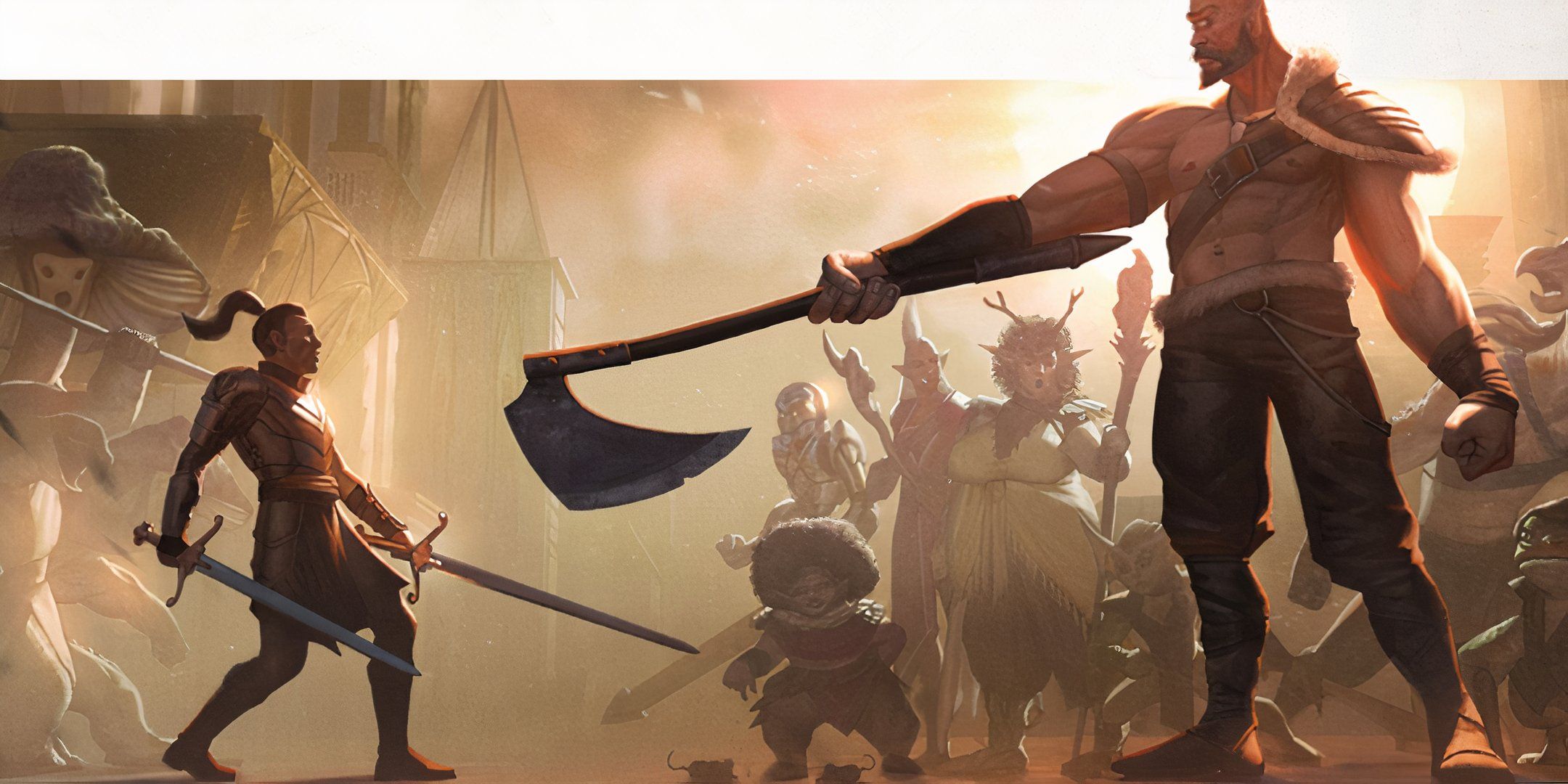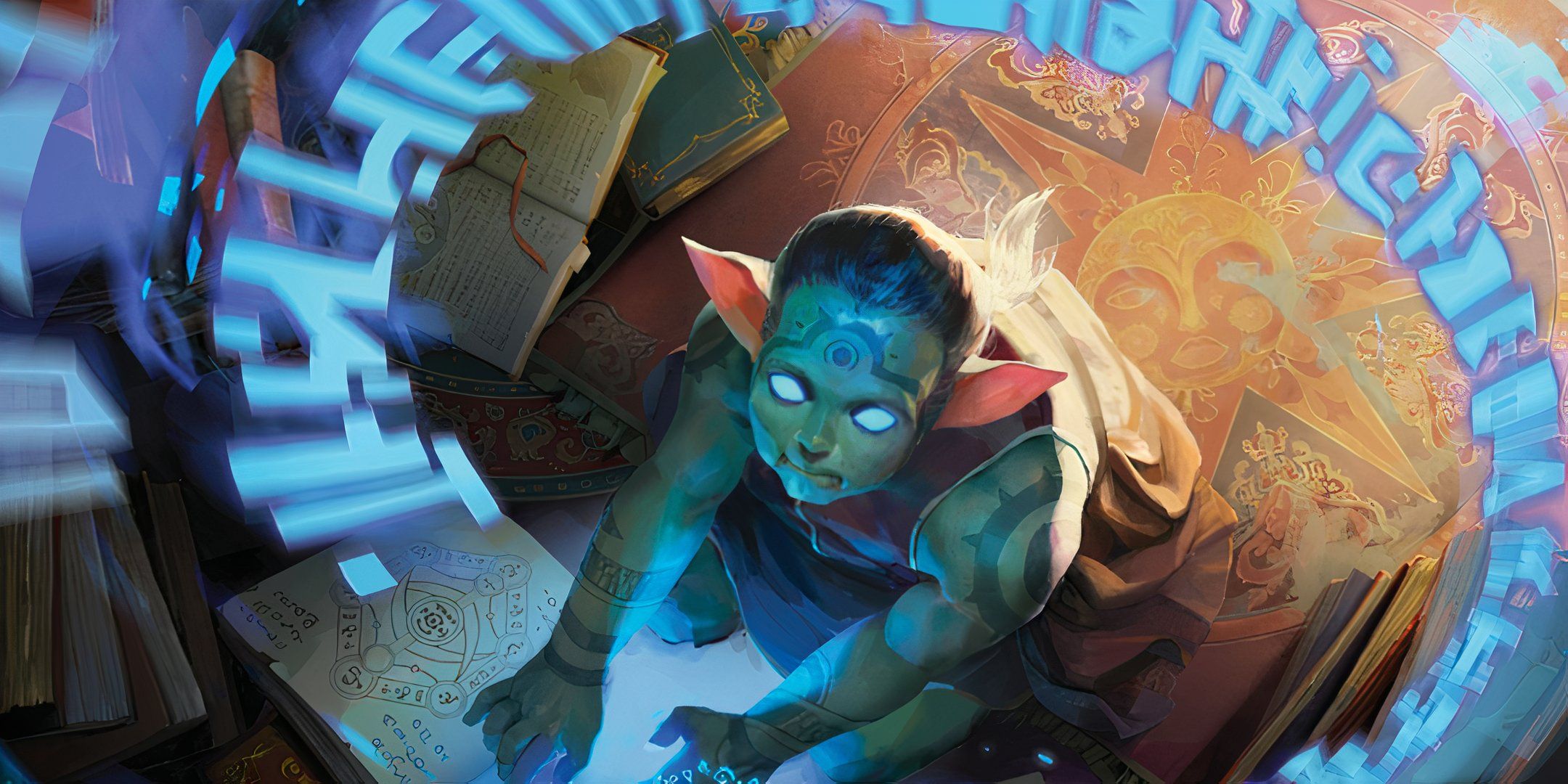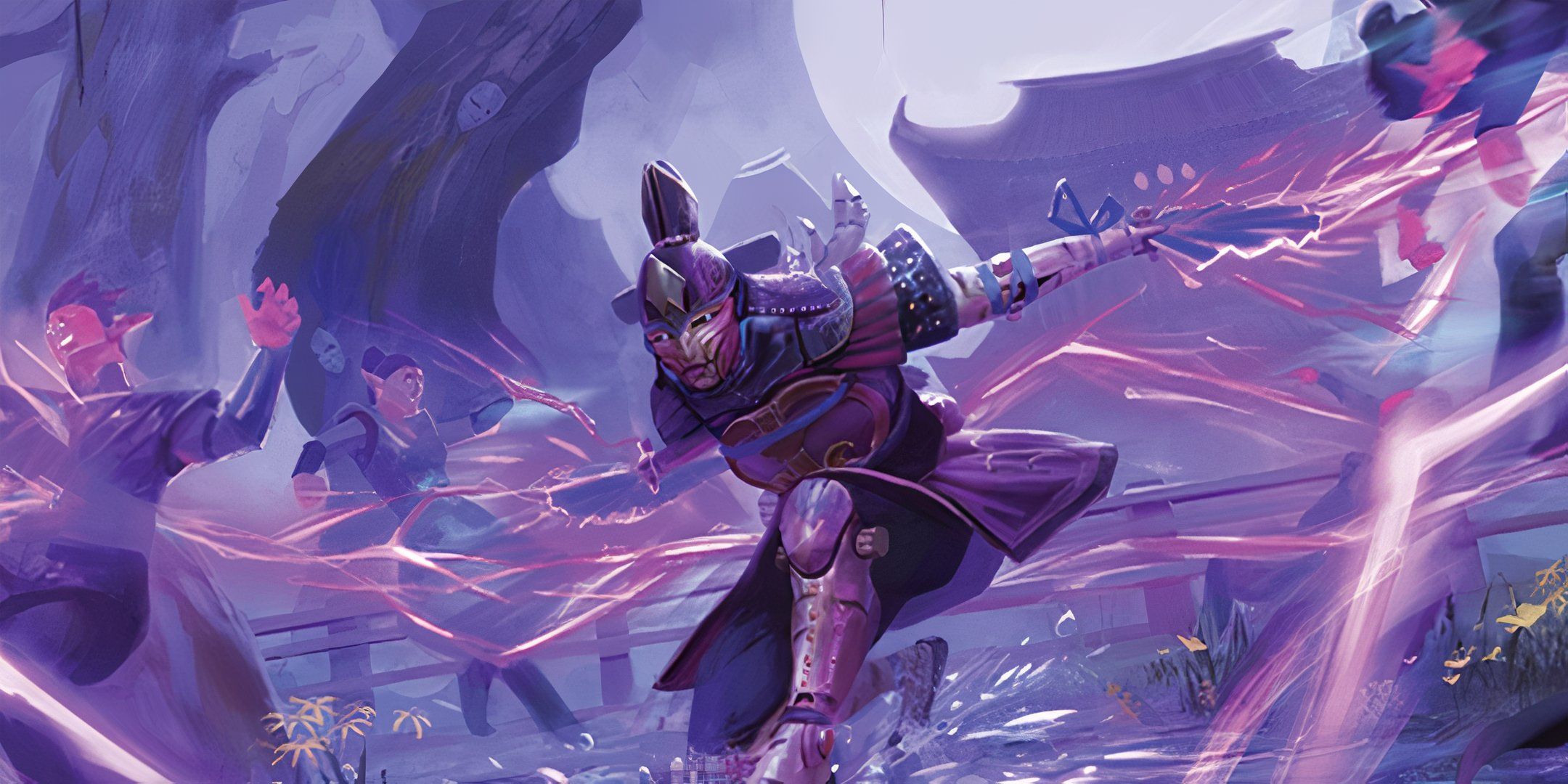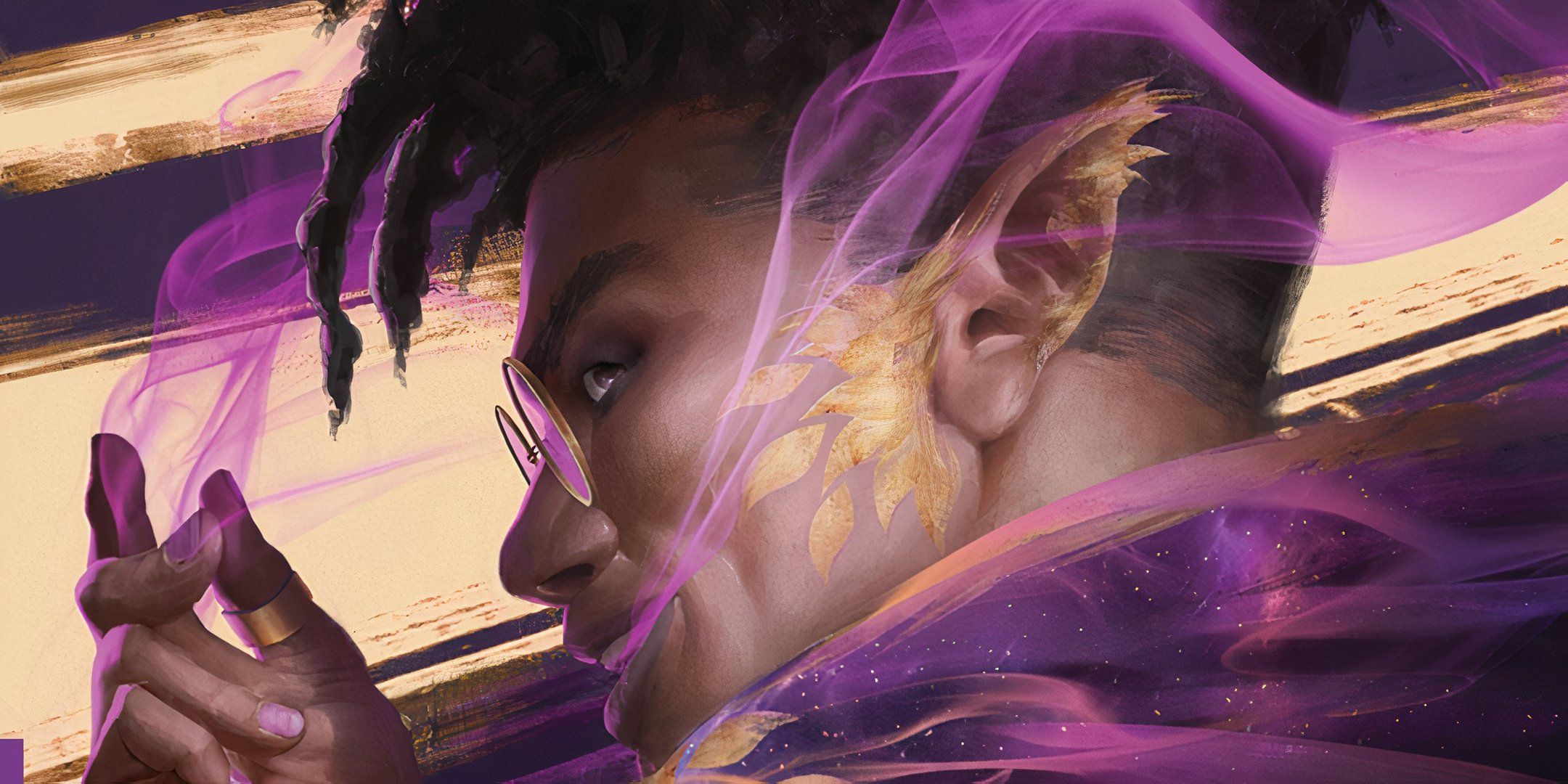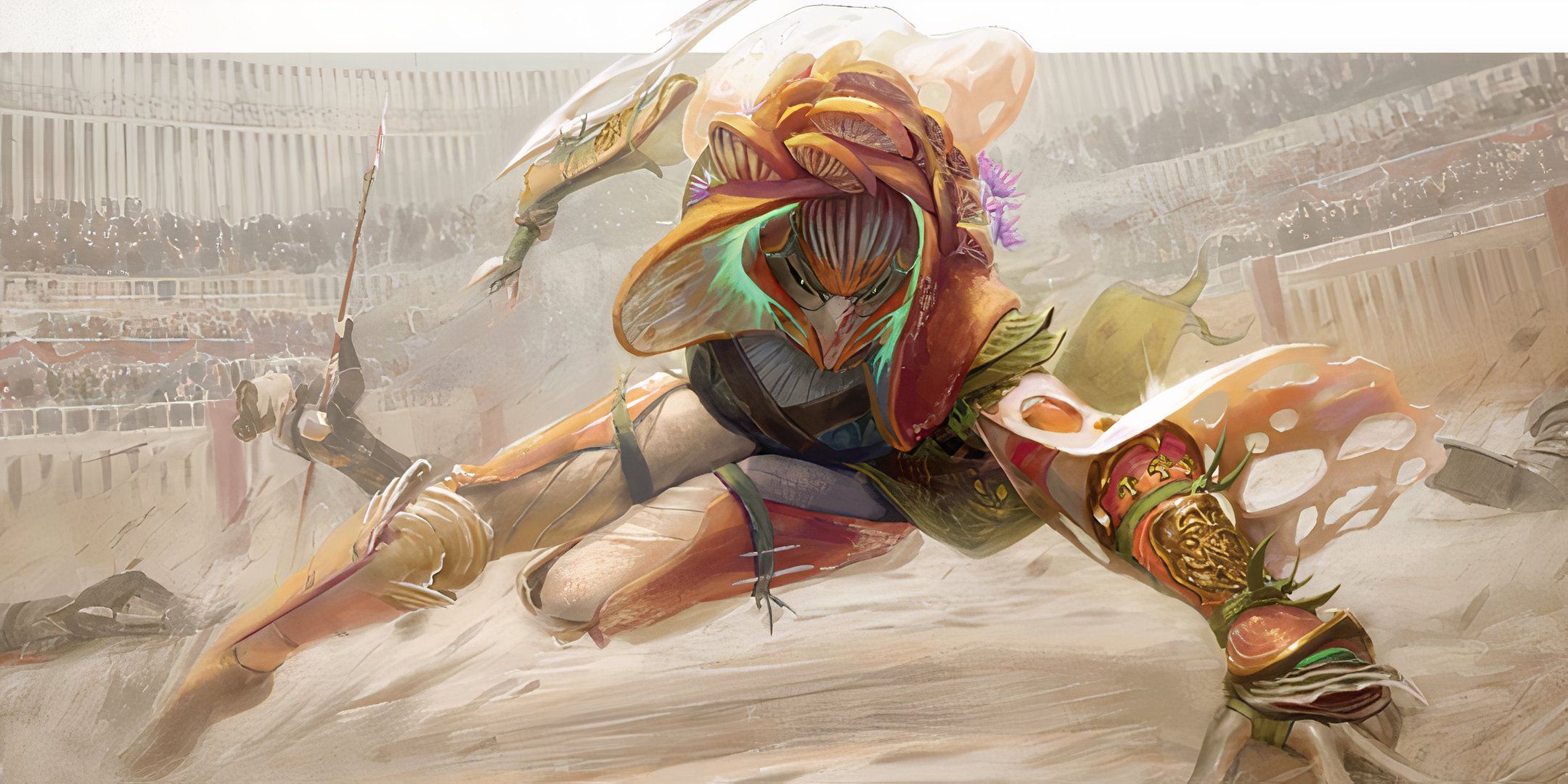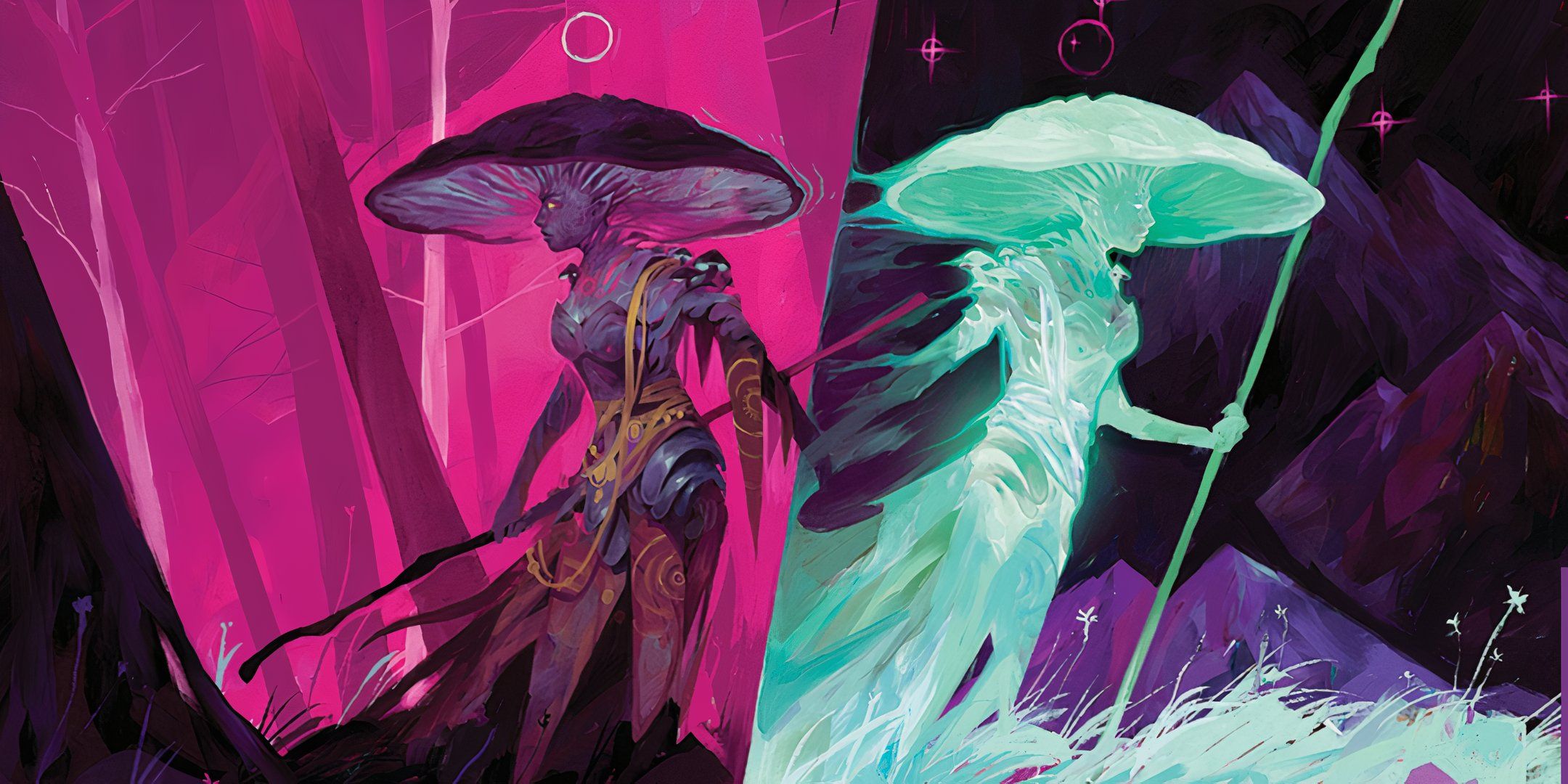Leveling up is an essential part of any tabletop roleplay game, and Daggerheart is no exception. Unlike some other TTRPGs like Dungeons & Dragons, which go from levels one to 20, Daggerheart goes from levels one to ten, and is broken down into a handful of different tiers for players to progress through.
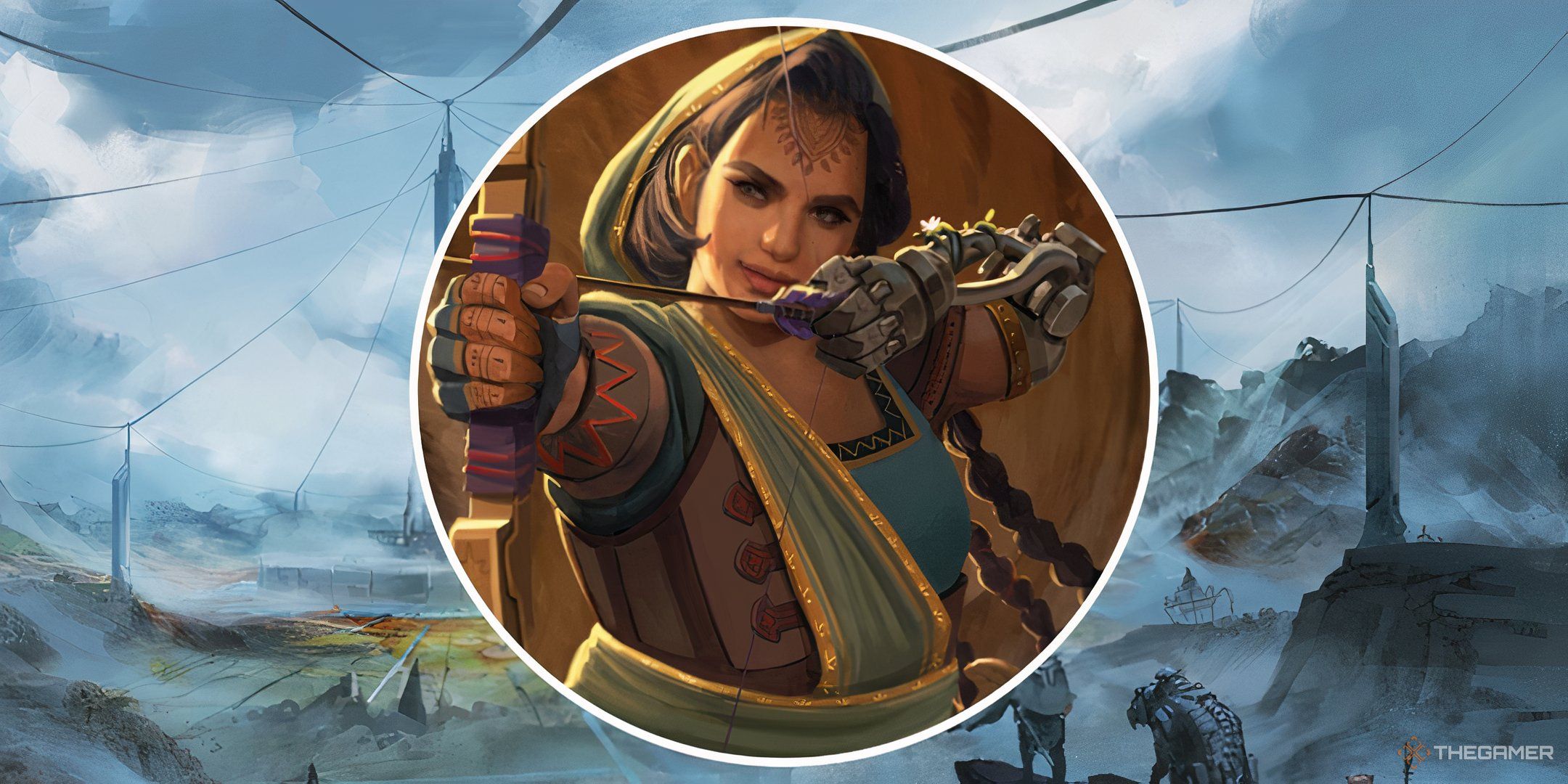
Related
Daggerheart: How Experiences Work
Experiences are one of the most unique aspects of Daggerheart. Here’s how to make them and how they work.
So, if you’re diving into Daggerheart for the first time as either a player or a Game Master, you might be wondering how this system works and if it makes sense for your table. That’s why we’ve created this guide. Here’s everything you need to know to level up in Daggerheart.
When Do You Level Up?
Unlike other tabletop roleplaying games, Daggerheart level-ups are exclusively milestone-based. This means that you do not gain XP for defeating enemies or accomplishing tasks.
Instead, your GM will determine that you have reached an important milestone in the campaign. When this happens, the entire party levels up at once. Players cannot level up differently from one another.
While it’s preferable to trigger a level-up on an important campaign milestone, the Daggerheart sourcebook also recommends level-ups once every three sessions on average.
How Do Level-Ups Work?
When the party levels up in Daggerheart, you subsequently get to improve various character traits based on your level and your tier.
Overall, there are four level tiers in Daggerheart:
|
Level Tier |
Character Level(s) |
|---|---|
|
Tier 1 |
Level 1 Only |
|
Tier 2 |
Levels 2-4 |
|
Tier 3 |
Levels 5-7 |
|
Tier 4 |
Levels 8-10 |
The reason level tiers are important is that you gain different perks based on your level and your tier. When you cross into a new level tier, you’ll gain different improvements that are separate from your character level.
Overall, when you level up, you’ll gain improvements in one of four ways:
- Level Achievements
- Advancements
- Damage Thresholds
- Domain Cards
As you level up in Daggerheart, you might be curious about multiclassing. Keep in mind that you can only begin multiclassing at level five, and you can only multiclass once.
What Are Level Achievements?
The first thing you should do when you level up is check what level achievements you receive. These achievements are only given out at specific levels:
|
Level Achievement |
Details |
|---|---|
|
Level 2 |
At level two, you’ll gain an additional Experience and also a +1 to your Proficiency. |
|
Level 5 |
At level five, you gain another Experience and another +1 to your Proficiency. You also get to clear any marks on character traits you’ve previously marked or increased in any way. This means you can subsequently increase them again. |
|
Level 8 |
Same as level five, you gain another Experience, a +1 bonus to your Proficiency, and can clear any marked character traits. |
Each of the above levels is the first new level in a given tier.
This means that, whenever you improve a character trait, you won’t be able to do so again until you enter a new tier.
How To Choose Advancements
Additionally, each time you level up, you’ll gain the opportunity to choose advancements. At each level, you can select two advancements.
On your character sheet, you’ll see that each advancement option has an unmarked square next to it in each tier.
This represents the number of times you can take that advancement in each tier.
Advancements are minor upgrades that can improve any of the following:
|
Advancements |
Details |
|---|---|
|
Character Traits |
You can improve any two character traits by +1. |
|
HP |
Gain one HP slot. |
|
Stress |
Gain one Stress slot. |
|
Experiences |
+1 to two Experiences |
|
Domain Cards |
Choose one additional domain card of your level or lower. |
|
Evasion |
+1 to Evasion |
Additionally, at level five and above, you gain access to three additional advancement options.
- Upgraded Subclass Card – Choose an upgraded subclass card; this precludes multiclassing within your given tier.
- Proficiency Increase – +1 to Proficiency
- Multiclass – Choose an additional class for your character; this precludes taking an upgraded subclass card.
When multiclassing or increasing your Proficiency, you must use both of your advancement points, meaning you won’t be able to take any other advancements at that level.
How To Raise Damage Thresholds
Armor, evasion, and damage thresholds work very differently in Daggerheart, as opposed to other TTRPGs like Dungeons & Dragons.
However, when it comes to level-ups, improving damage thresholds is very simple. Add +1 to all of your damage thresholds, as your damage threshold is calculated like so:
- Damage Threshold = Armor-Specific Base Threshold + Character Level
How To Take Domain Cards
While you can choose an additional Domain Card as part of your advancement, whenever you level up, you take one domain card from your deck at your level or lower.
So, for example, if you’ve leveled up to level three, you can take one new domain card from a deck you have access to at level three or lower of your choosing.
Furthermore, each time you level up, you can also swap out domain cards you already have for a card of equal level.
Remember, you can only have five domain cards active at a given time. Once you have more than five cards, you’ll need to carefully choose your loadout and vault the rest of your cards.
That’s what you need to know to level up in Daggerheart! When in doubt, refer to the level-up section at the bottom of your character guide to see a full list of your options.
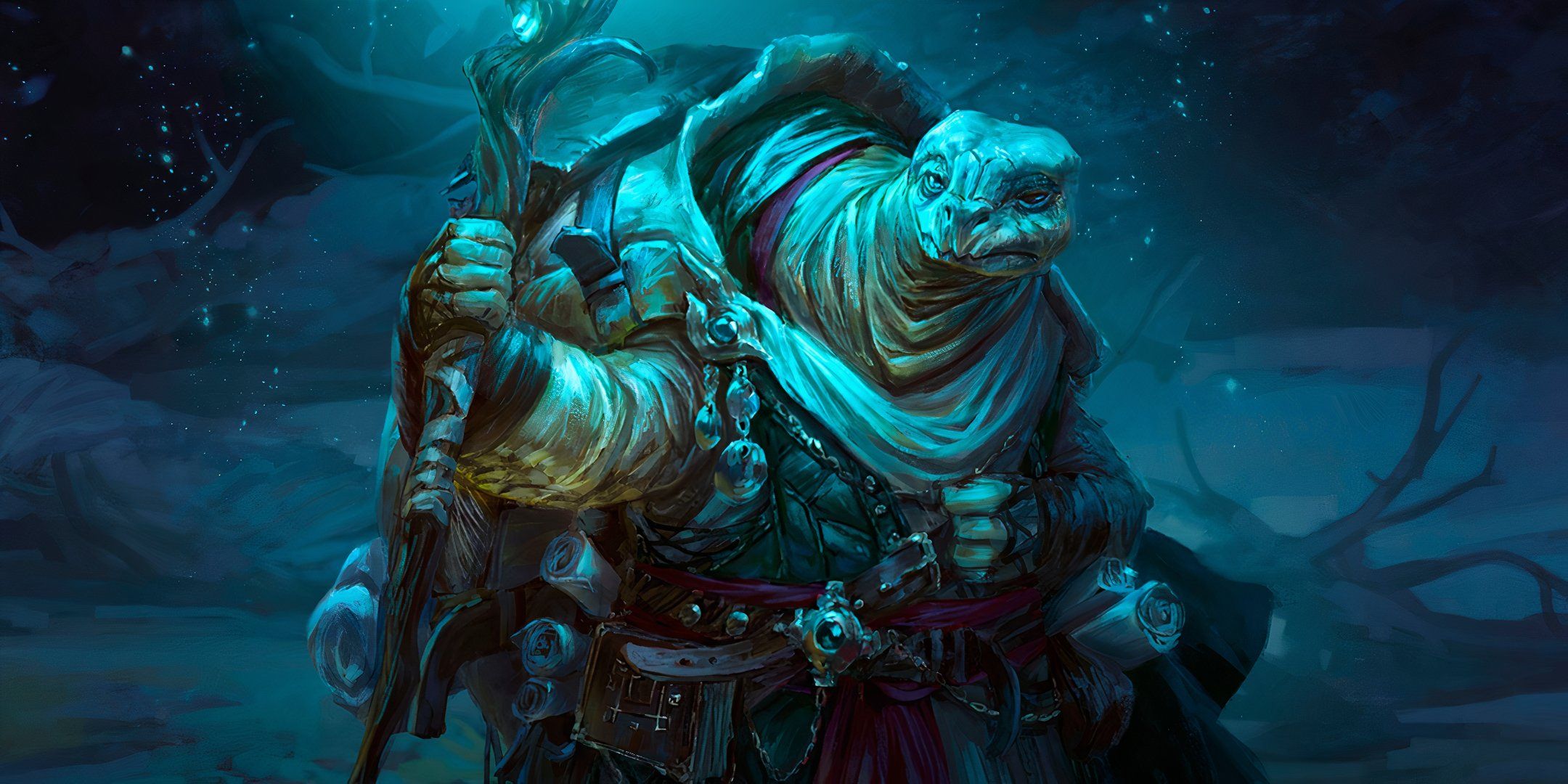
Related
Daggerheart: Galapa Ancestries Guide
Galapa are Daggerheart’s version of turtlefolk, and are a great ancestry to play. Here’s how they work.

